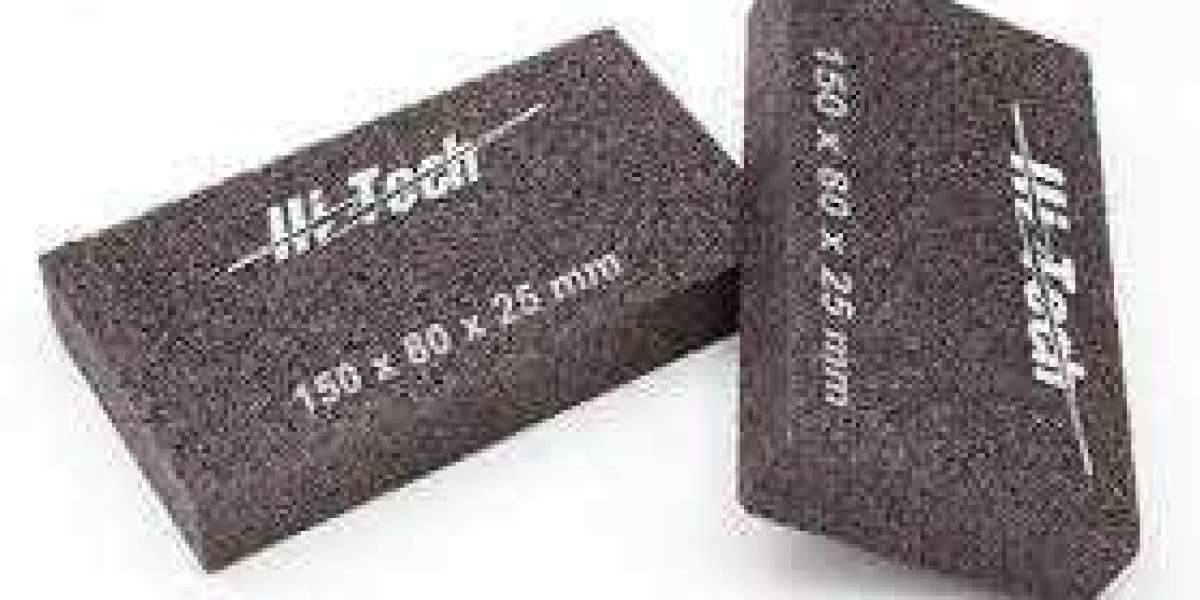The unassuming grinder segment might not be the flashiest tool in the workshop, but it plays a vital role in achieving that perfectly flat surface. These segments are the business end of grinder segments wheels used on rotary table surface grinders, responsible for everything from heavy stock removal to precision finishing.
What are Grinder Segments?
Imagine a grinding wheel made up of individual grinding blocks, each containing abrasive grits held together by a bond. That's essentially what a grinder segment is. These segments come in various shapes and sizes, with the most common being:
- Bar segments: Ideal for heavy stock removal on larger machines.
- Round segments: Offer a smoother finish and are used for finer grinding.
- Taper and flat segments: These provide options for specific grinding applications.
Why Use Segments?
There are several advantages to using segmented grinding wheels:
- Cost-effective: Segments can be replaced individually as they wear, extending the life of the grinding wheel.
- Versatility: A wide variety of abrasive grit and bond combinations are available to tackle different materials and achieve various finishes.
- Cooling: The spaces between the segments allow for better coolant flow, reducing heat buildup during grinding.
Choosing the Right Segment
Selecting the right grinder segment depends on the material you're working with and the desired outcome. Here are some key factors to consider:
- Material: Different grits are suited for various materials, from soft metals to hard concrete.
- Stock removal: Larger, more aggressive segments are ideal for heavy grinding, while finer segments provide a smoother finish.
- Finish: The number of segments on the wheel also affects the finish. More segments create a smoother surface due to less pressure on each segment.
The Takeaway
Grinder segments are essential components for achieving flatness and precision in surface grinding. By understanding their types, benefits, and selection factors, you can ensure you're using the right segment for the job, optimizing your grinding process and results.



